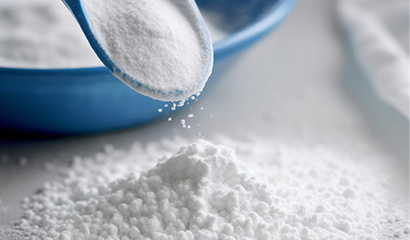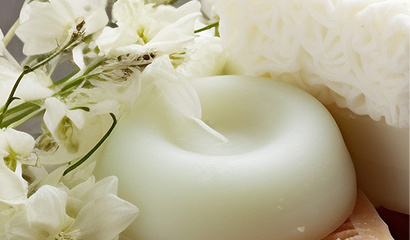
News Center
What is eucalyptol
2021-11-12
It is a colorless or light yellow oily liquid product obtained by steam distillation of essential oils from the leaves of Eucalyptus of Myrtaceae and Lauraceae of Lauraceae, and then rectified and separated. Natural eucalyptol exists in large quantities in various essential oils such as eucalyptus oil, camphor oil, eucalyptus oil, laurel oil, etc. Eucalyptus oil and camphor oil are the main sources of eucalyptol. The eucalyptus trees that produce eucalyptus oil in China include Eucalyptus citrifolia, Eucalyptus citrifolia, Eucalyptus Leylin No. 1, Eucalyptus globulus, Eucalyptus macrophylla, etc. Among them, Eucalyptus globulus and Eucalyptus macrophylla eucalyptus oils contain higher levels of eucalyptol. In the genus Camphor, the camphor oils of Cinnamomum camphora, Cinnamomum camphora, Cinnamomum camphora, Cinnamomum camphora, Cinnamomum camphora, Cinnamomum camphora, Cinnamomum camphora and Sichuan osmanthus contain eucalyptol, among which Cinnamomum camphora, Cinnamomum camphora and Sassafras have the highest content.
nature
Eucalyptol is a monoterpene alcohol. The pure product is a colorless to light yellow transparent liquid with a camphor-like aroma and refreshing taste. The specific gravity is 2420.921~0.923, the melting point is 1~15℃, the boiling point is 174~177℃, and the refraction The ratio is 2421.4550~1.4600, slightly soluble in water and ether, and can be mixed with ethanol, chloroform, glacial acetic acid, non-volatile oils and volatile oils, and its chemical properties are stable. Para-isopropyltoluene is generated during dehydrogenation.
processing
There are three methods to obtain eucalyptol: ① Fractionation of eucalyptol from eucalyptus oil. Industrial eucalyptus oil (containing about 30% eucalyptol) is distilled under reduced pressure, and then placed at low temperature to freeze and crystallize. After separation, a product containing 80% eucalyptol is obtained. On average, 3 tons of eucalyptol are needed per ton of eucalyptol. Industrial eucalyptus oil. ②Produce eucalyptol from natural camphor oil. Camphor oil is distilled under reduced pressure, frozen, separated, decolorized and centrifuged to obtain eucalyptol and by-products white camphor oil, terpineol, etc. Each ton of eucalyptol requires 3.6 tons of camphor oil or 4 tons of linolenic oil (containing 30% eucalyptol). ③ Use turpentine to synthesize eucalyptol. Treat turpentine in 25% sulfuric acid with a small amount of surfactant "pingpingjia", and perform a hydration reaction at 30°C to obtain hydrated terpineol. The hydrated terpineol is dehydrated with an oxalic acid (or sulfuric acid, phosphoric acid) solution to form According to leaf oil.
Recommended News





